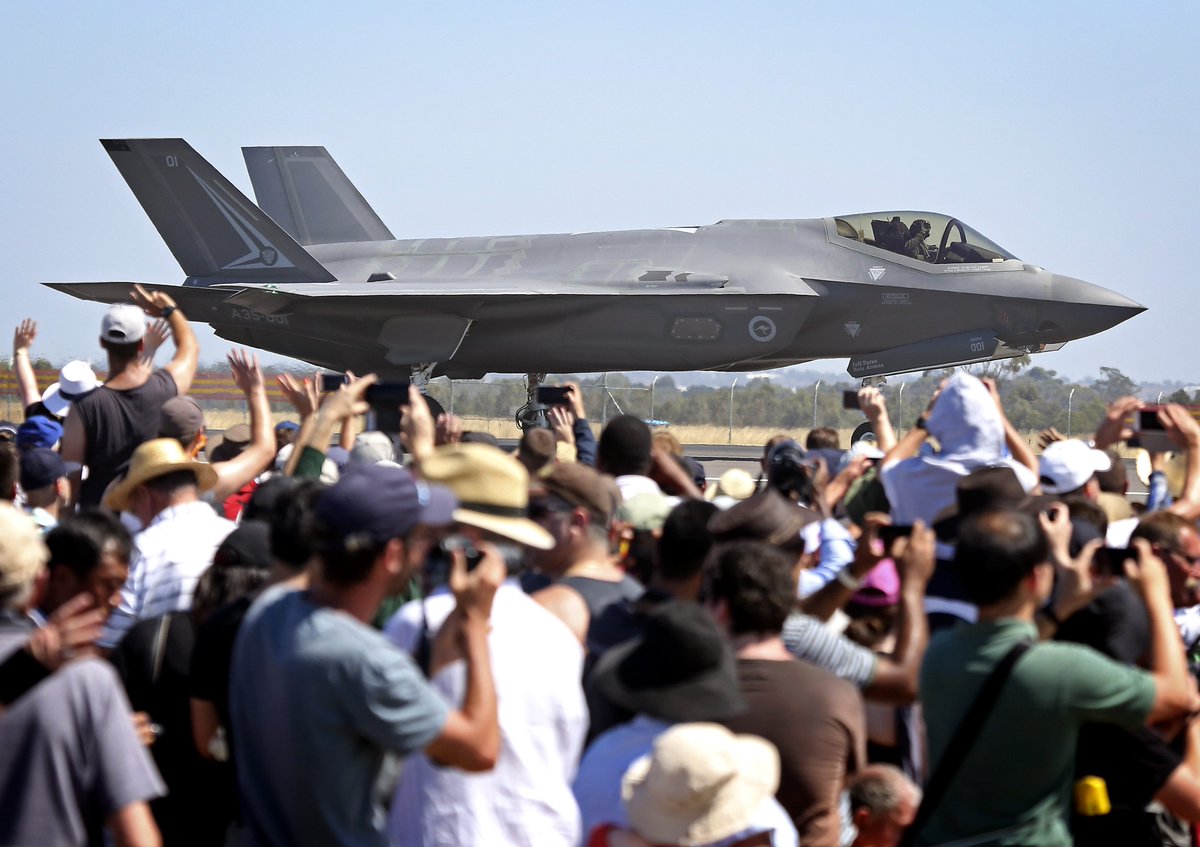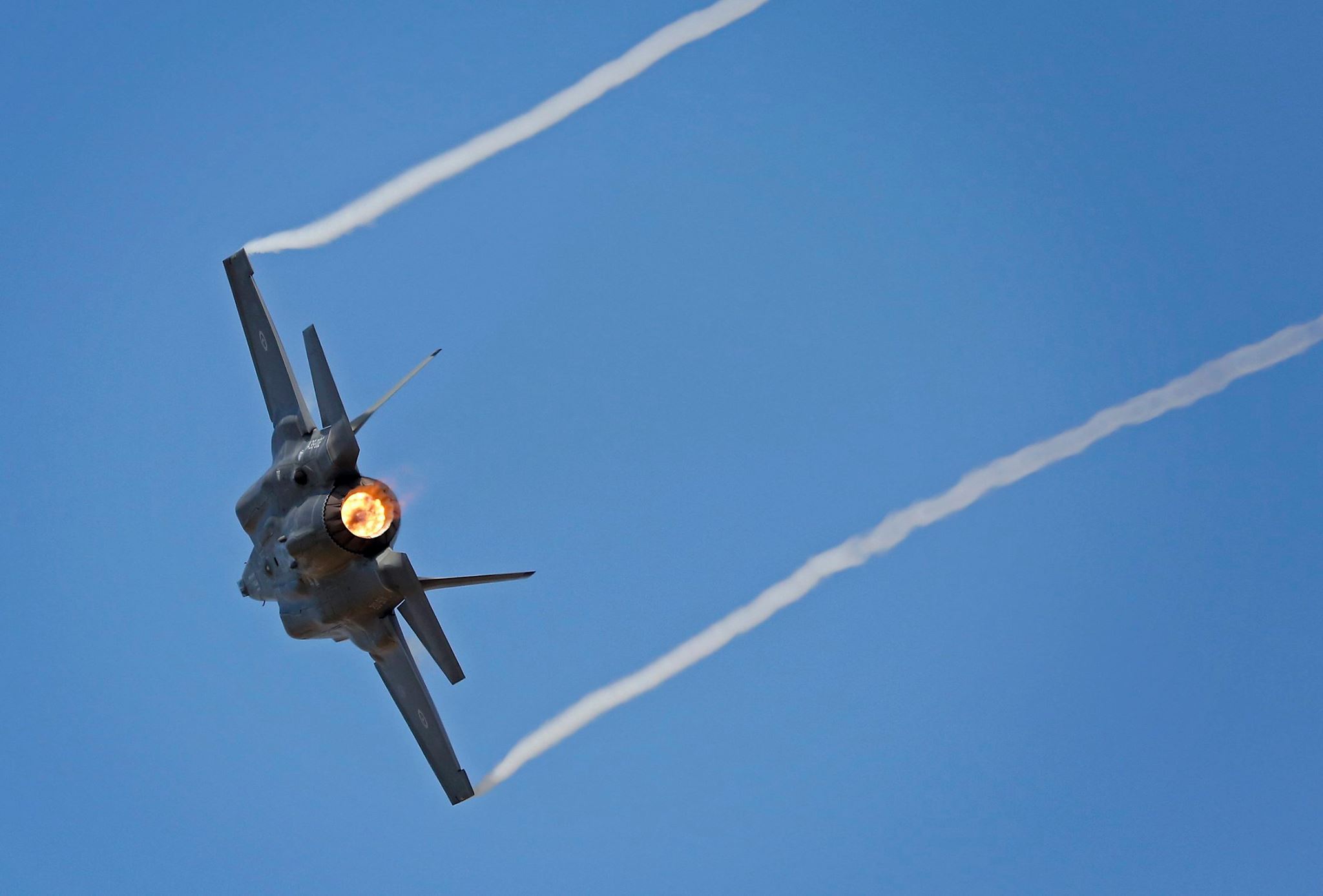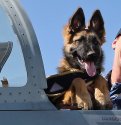Jura The idiot
General
Jan 30, 2017
and now Australia’s first air warfare destroyer completes sea acceptance trialsaccording to NavalToday Australia’s first air warfare destroyer starts acceptance trials
source:
source:Australia’s first air warfare destroyer NUSHIP Hobart returned to Adelaide after completing its sea acceptance trials off the coast of South Australia.
Hobart spent the past five weeks demonstrating its on-board weapons capabilities, including 21 days at sea, where it conducted 20 platform system tests and 45 combat system tests.
AWD alliance program manager Craig Bourke said the success of the sea acceptance trials demonstrated the capacity of Australia’s defence industry to build and integrate ships to meet specific defence needs.
“Hobart’s sensors, weapons and communications systems have been put to the test by Royal Australian Air Force and civilian aircraft, Royal Australian Navy ships and helicopters through a complex series of simulated scenarios and battle space management,” he said.
Work on Hobart kicked off in January 2010 with its hull consolidation in March 2014, official launch in May 2015 and builder’s sea trials in September 2016.
Its sea acceptance trials involved close interactions with a range of fighter aircraft, surface ships and helicopters, as well as other civilian platforms in a range of simulated scenarios.
Hobart is 146.7 metres long, has a top speed of 28 knots (52km/h), a range of about 5000 nautical miles and room for more than 200 crew.
It carries a range of weapons, detection and electronic warfare systems onboard, which include an Aegis threat tracking system, SPQ Horizon Search Radar, 48 vertical launch missile cells, a 5″ gun for coastal operations and two quad launchers of anti-ship HARPOON weapon systems.
The AWDs have also been equipped with anti-surface, anti-submarine and naval gunfire capabilities.
The next-gen destroyers are part of an $8 billion collaboration between ASC, Raytheon Australia and the Australian Department of Defence. The ships are being built at Techport Australia, about 15km northwest of Adelaide.
Techport is also expected to be where 12 Shortfin Barracuda submarines will be built by French shipbuilder DCNS for the Royal Australian Navy.
The Air Warfare Destroyer (AWD) Alliance said it was on track to deliver Hobart to the Australian Navy in June.
Further progress on the AWD Project is expected to be achieved in 2017 with the second destroyer, Brisbane undertaking builder’s sea trials and third destroyer, Sydney, achieving hull consolidation later this year.








